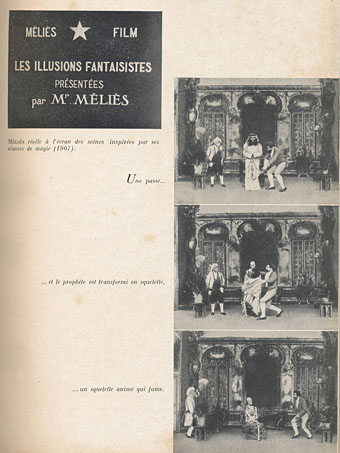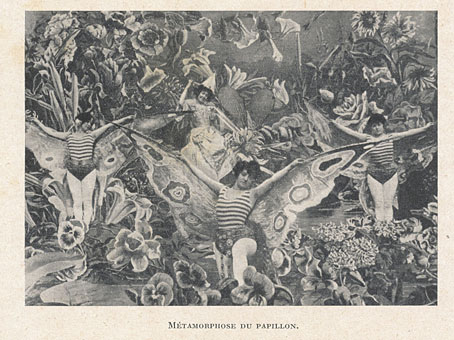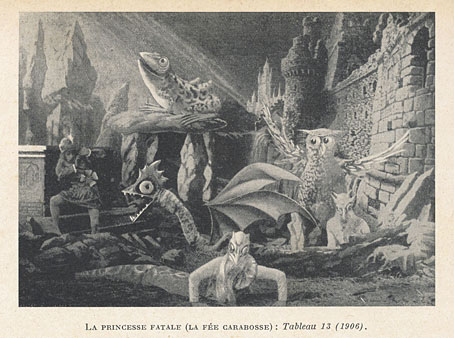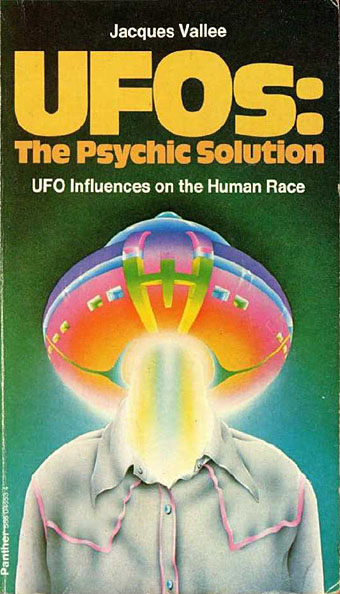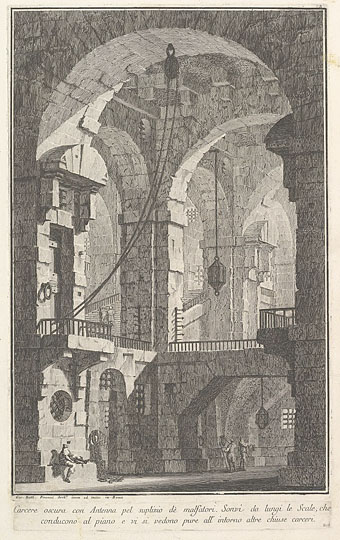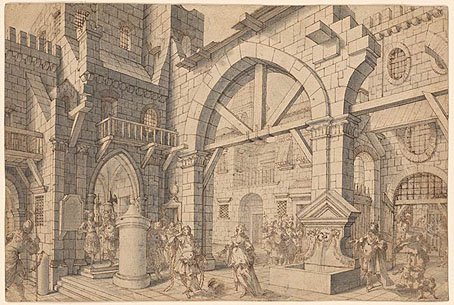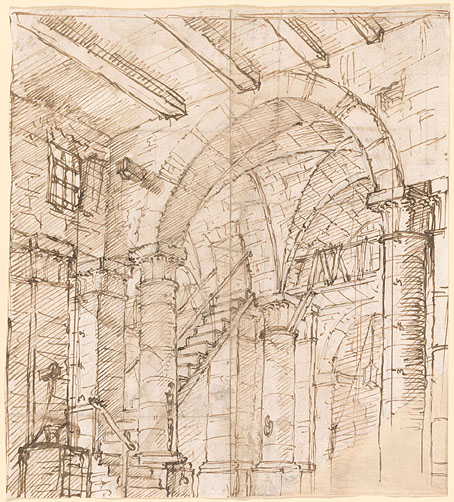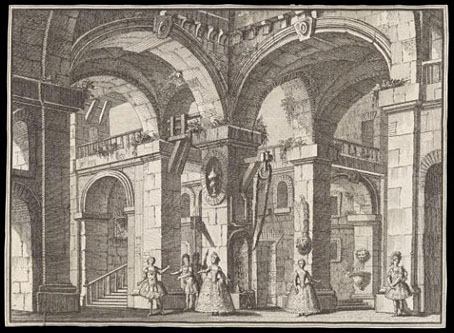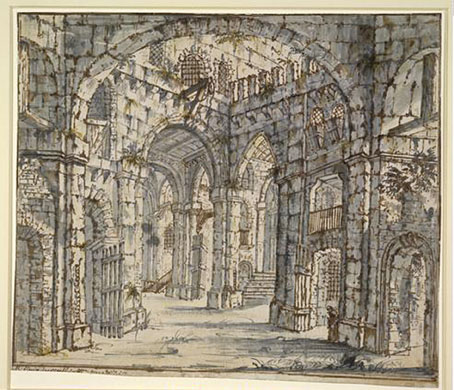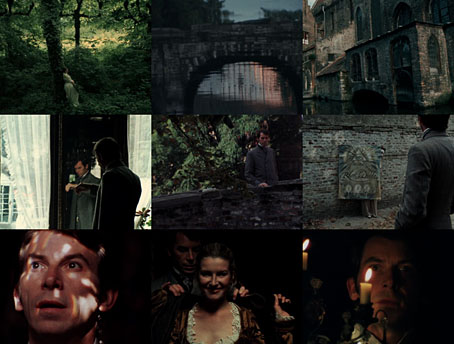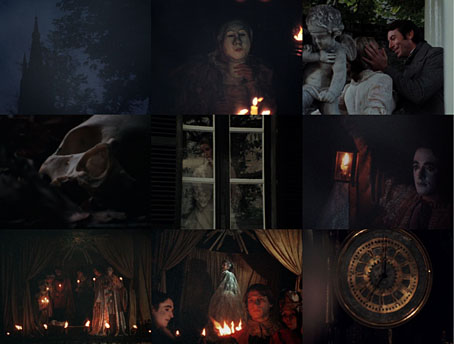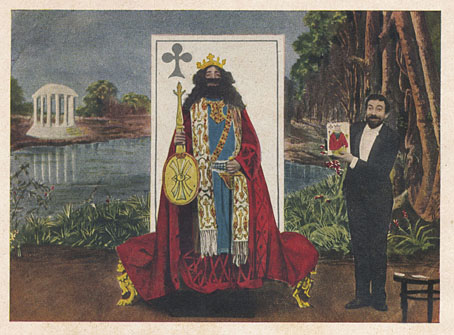
Georges Méliès: magician. Yes, indeed. I was watching Martin Scorsese’s Hugo again recently, a film I found more enjoyable the second time around mostly for the Méliès side of the story. The flashback to the Star Films studio offers in miniature a history that this book delivers in detail. Georges Méliès, Mage (1945) by Maurice Bessy and Joseph-Marie Lo Duca is a copiously illustrated guide to Méliès’ entire career, beginning with his early years as a conjuror and a creator of the kinds of theatrical fantasies that formed the basis for his first films. The text is in French throughout but there’s a wealth of pictorial material, with many production sketches and drawings that show how some of his more complex effects were achieved.
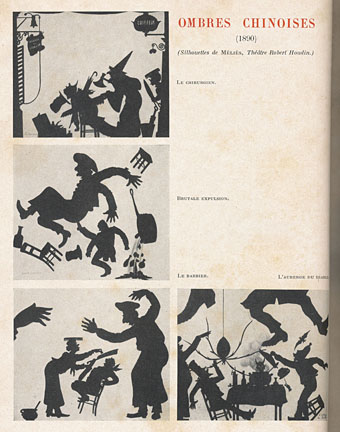
One of the things I’ve always found attractive about Méliès’ films is the way they resemble 19th-century illustrations brought to life. The same can be said about some of the later Hollywood productions, especially the Douglas Fairbanks Thief of Bagdad, but they lack the overt theatricality of Méliès. For a taste of those hand-tinted marvels, go here.
